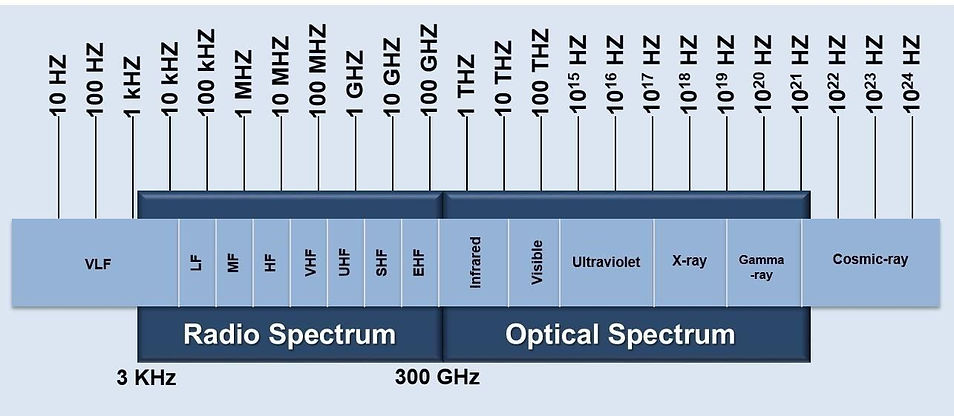Brain Matter Upgrade 2
Frequencies
Frequency is the number of occurrences of a repeating event per unit of time.[1] It is also referred to as temporal frequency, which emphasizes the contrast to spatial frequency and angular frequency. Frequency is measured in units of hertz (Hz) which is equal to one occurrence of a repeating event per second. The period is the duration of time of one cycle in a repeating event, so the period is the reciprocal of the frequency.[2] For example: if a newborn baby's heart beats at a frequency of 120 times a minute (2 hertz), its period, T, — the time interval between beats—is half a second (60 seconds divided by 120 beats). Frequency is an important parameter used in science and engineering to specify the rate of oscillatory and vibratory phenomena, such as mechanical vibrations, audio signals (sound), radio waves, and light.
These are measured in hertz (Hz). All things have a frequency; even the human body. The human body has vibrational frequency down to the cellular level. ... It has been shown that a normal healthy body has a frequency of 62–72 MHz.
Electromatic Fields
.jpeg)
An electromagnetic field (also EM field) is a classical (i.e. non-quantum) field produced by moving electric charges.[1] It is the field described by classical electrodynamics and is the classical counterpart to the quantized electromagnetic field tensor in quantum electrodynamics. The electromagnetic field propagates at the speed of light (in fact, this field can be identified as light) and interacts with charges and currents. Its quantum counterpart is one of the four fundamental forces of nature (the others are gravitation, weak interaction and strong interaction.)
The field can be viewed as the combination of an electric field and a magnetic field. The electric field is produced by stationary charges, and the magnetic field by moving charges (currents); these two are often described as the sources of the field. The way in which charges and currents interact with the electromagnetic field is described by Maxwell's equations and the Lorentz force law.[2] The force created by the electric field is much stronger than the force created by the magnetic field.[3]
From a classical perspective in the history of electromagnetism, the electromagnetic field can be regarded as a smooth, continuous field, propagated in a wavelike manner. By contrast, from the perspective of quantum field theory, this field is seen as quantized; meaning that the free quantum field (i.e. non-interacting field) can be expressed as the Fourier sum of creation and annihilation operators in energy-momentum space while the effects of the interacting quantum field may be analyzed in perturbation theory via the S-matrix with the aid of a whole host of mathematical technologies such as the Dyson series, Wick's theorem, correlation functions, time-evolution operators, Feynman diagrams etc. Note that the quantized field is still spatially continuous; its energy states however are discrete (the field's energy states must not be confused with its energy values, which are continuous; the quantum field's creation operators create multiple discrete states of energy called photons.)
Radio + Optical Frequencies
